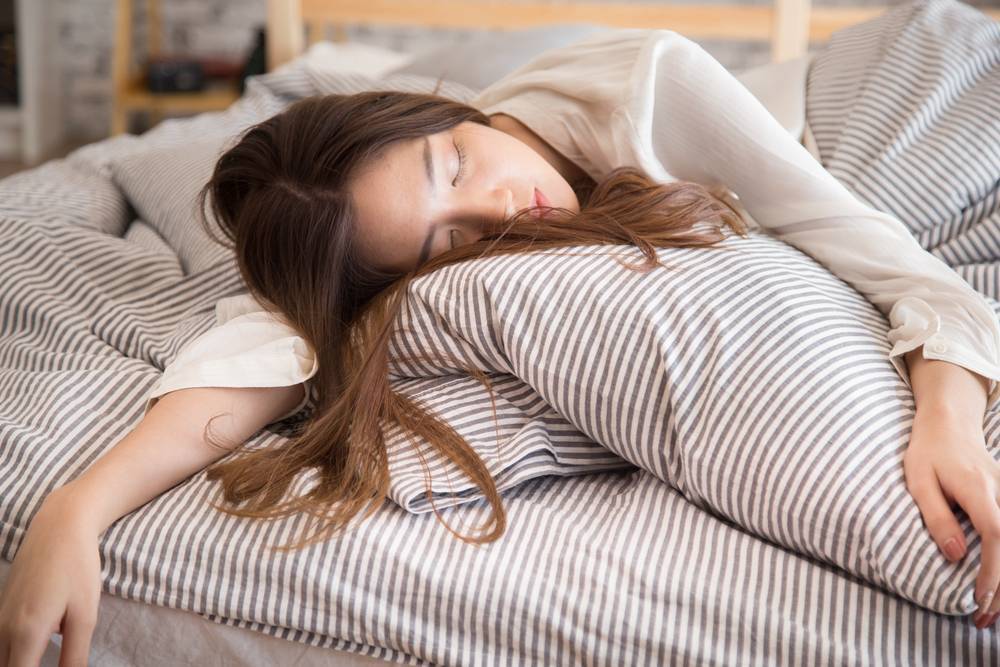Sleep apnea is a sleep condition in which breathing stops for short periods, usually 10 seconds or more at the time of sleep. These short-term breathing pauses cause low-quality sleep. It also hinders the continuous flow of oxygen supplied to the brain. This affects overall quality of rest of the body which may lead to harmful health problems.
A cross-sectional population study conducted in Singapore, showed that 30.5% of the population was suffering from moderate to severe sleep apnea. What was more alarming, was that 91% of the participants remain undiagnosed. This is reflective of other studies conducted in Asia, which showed the prevalence of sleep apnea being as high as 97%. Compared to our western counterparts with a statistic ranging from 2-4%, this condition is definitely left largely unaddressed in Asia.
Types of Sleep Apnea
Sleep apnea is commonly categorised into three types.
- Obstructive sleep apnea (OSA)
This occurs when there is blockage of the airway usually in the back of the throat. It is also the most common type of sleep apnea. - Central sleep apnea (CSA)
In CSA, there is no physical blockage of the airway. However, it occurs due to the failure of the brain’s respiratory control center to send adequate signals to the muscles that control breathing. - Mixed or complex sleep apnea
This is a more serious condition that requires urgent treatment as both OSA and CSA are present.
Risk Factors and Causes
Several factors contribute to the development of sleep apnea but in many instances, the cause cannot be identified. Some of the risk factors associated with sleep apnea include:
- Male
- Older Age
- Family History
- Increased weight: The most common cause of OSA is obesity as it leads to a thickening of the tissue of the airways which in turn obstructs breathing.
- Narrowed airway: May be inheritance of a narrower throat, or larger tonsils
- Nasal congestion: Where breathing through the nose is not easily achieved. It may be contributed by allergies, blocked sinuses, or structural problems.
- Consumption of alcohol or sedatives: Alcohol and sedatives relax the muscles in the throat which may lead to an obstruction of the airway.
- Cigarette Smoking: Chemicals found in cigarettes increase inflammation of the airways.
Symptoms and Signs of Sleep Apnea
People with sleep apnea typically do not remember waking up at night for short periods to breathe after having a spell of apnea. Symptoms are directly related to poor sleep and reduced oxygen supply to the body resulting from. They include:
- Snoring, as well as the sensation of choking or gasping for air
- Headaches, especially when waking up in the morning
- Excessive daytime sleepiness
- Difficulty staying asleep
- Poor mood, frustration, irritability
- Decreased thinking power and attention span
Diagnosis
Sleep apnea can be diagnosed by taking a thorough medical history and completing physical examinations, in addition to other tests. The American Academy of Sleep Medicine states that sleep apnea can be classified as either mild, moderate or severe depending on how many times an individual stops breathing while they are asleep. Some sleep tests used to diagnose sleep apnea include:
- Polysomnography:
This gold-standard test is conducted while an individual sleeps. Sensors and monitors are attached to the body to monitor information such as heart rate, rhythm, breathing effort, airflow, limb movement, and blood oxygen levels. - Home sleep tests:
These are easy-to-use tools to aid diagnosis of sleep apnea. These tests will monitor an individuals heart rate, blood oxygen levels, and patterns of breathing.
If there are any abnormal findings in these tests, your doctor might ask you to consult with an ear, nose, and throat specialist to rule out nose or throat blockages. A physical examination by a cardiologist and neurologist may also be required to check for CSA.
Differential Diagnosis
Other medical problems may also present with symptoms similar to sleep apnea. They include, but are not limited to depression, narcolepsy, hypothyroidism, concomitant medications, excessive alcohol consumption or neurological conditions. It is hence, important to rule out these conditions during the diagnosis of sleep apnea.
Complications
- High blood pressure
- Heart problems such as heart failure or heart attacks
- Impaired blood sugar
- Depression
- Chronic headaches
Treatment
In many instances, your physician might recommend general lifestyle changes first, such as:
- Losing weight if you are overweight
- Avoiding alcohol consumption 4 to 6 hours before bed
- Avoiding sedatives
- Quitting smoking
- Sleeping on your side
- Treating nasal allergies
In the event that the above lifestyle changes do not alleviate the symptoms, other therapies to help open obstructed airways are used. These include:
- Continuous positive airway pressure (CPAP) device:
This is the most effective treatment for moderate or severe OSA. A mask attached to a machine is worn over the nose and/or mouth of the individual while sleeping. This device helps deliver a steady flow of air into the nose which helps to keep airways open and aid normal breathing.
- Oral appliances:
These mouthpieces keep the throat open and are usually designed and customised by dentists
- Upper airway surgery
This is a consideration only when CPAP or oral appliances were ineffective after use for 3 months, or declined. However, suitability also depends on the existence of a surgically correctable problem and fitness. Typically an incomplete therapy, it also requires long-term follow-up for optimal outcomes.
As for CSA, treating underlying diseases mainly associated with the heart and brain might help if CSA is identified as the problem.

